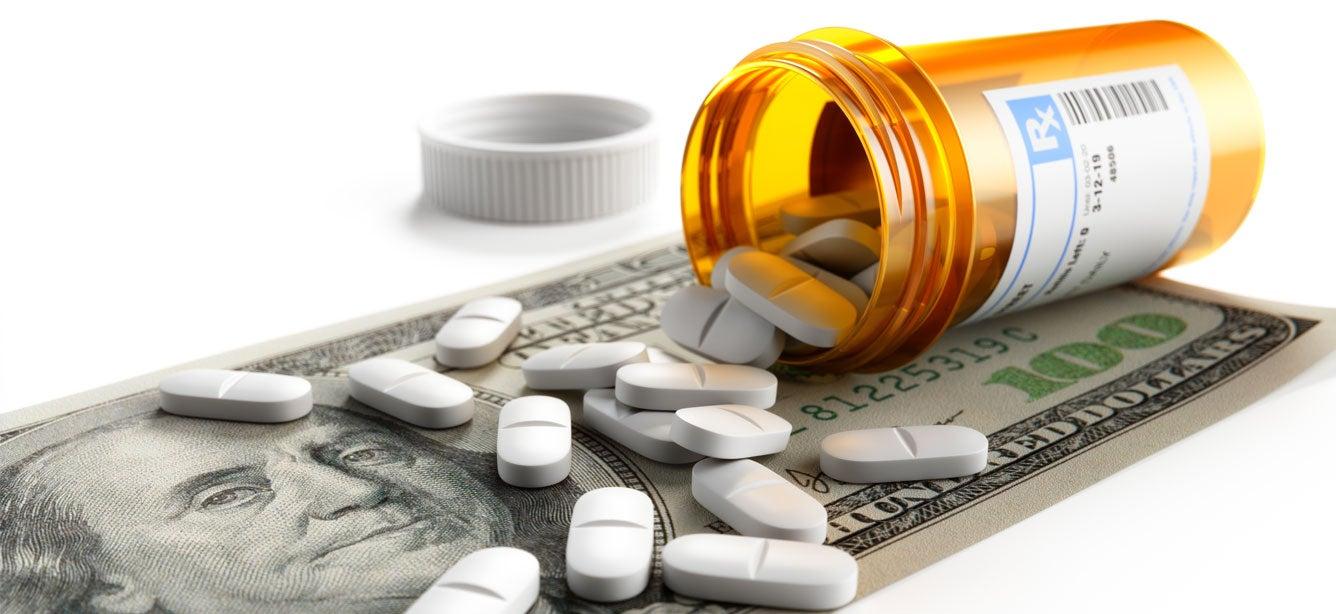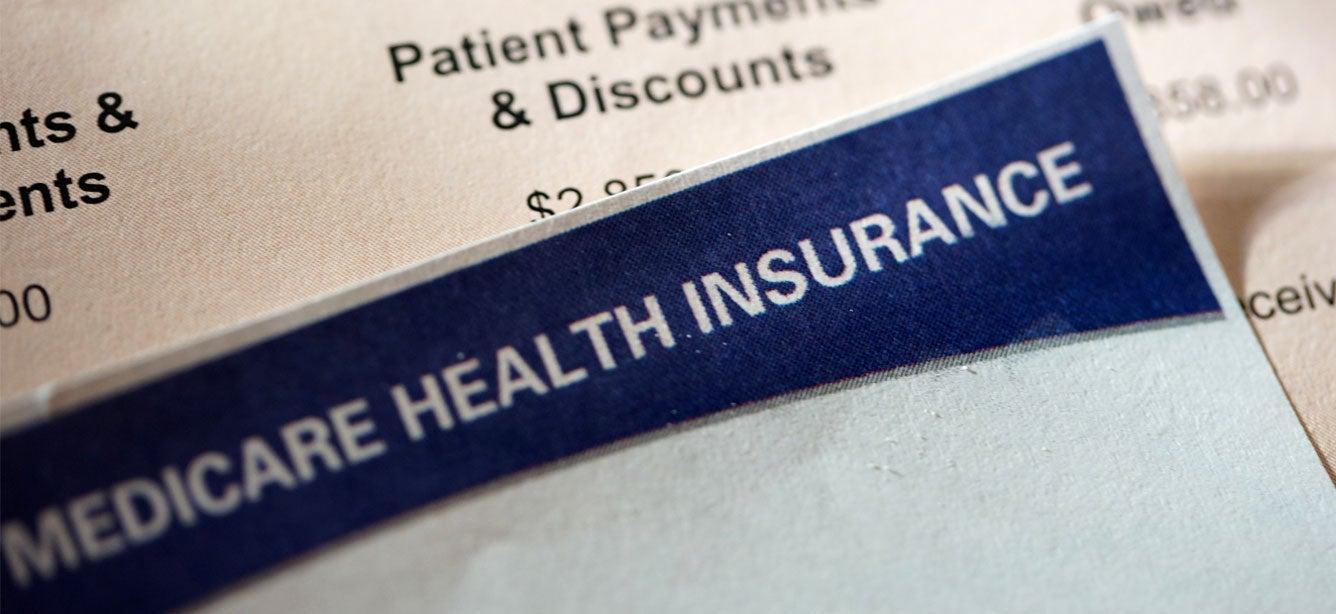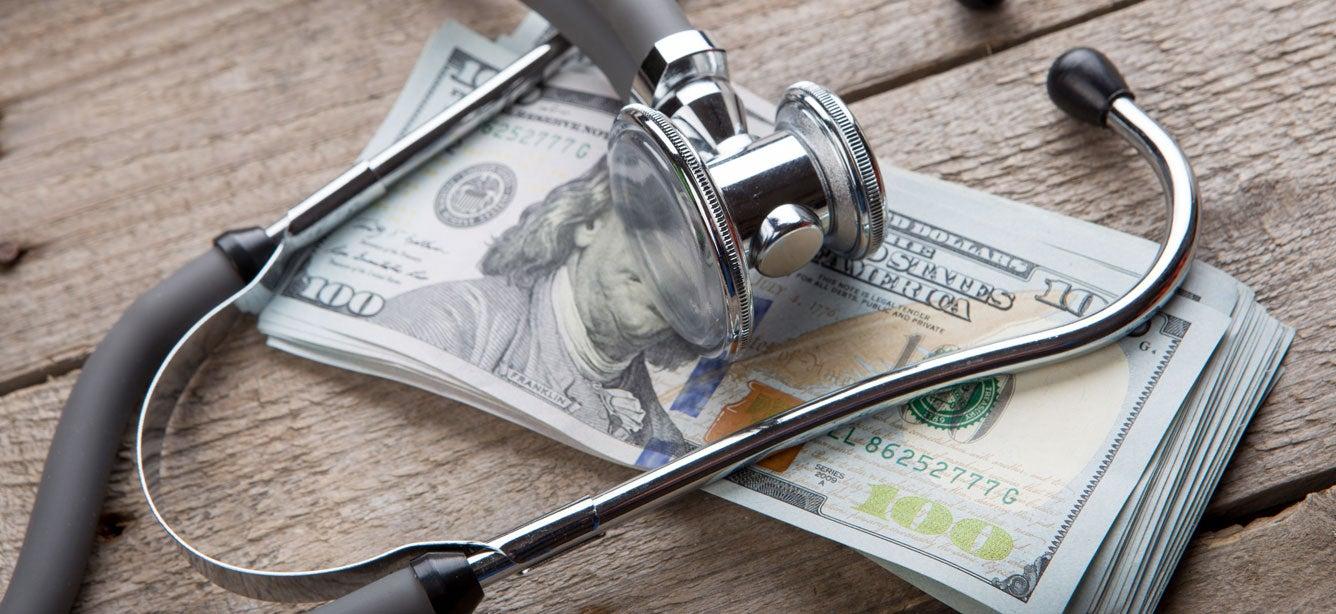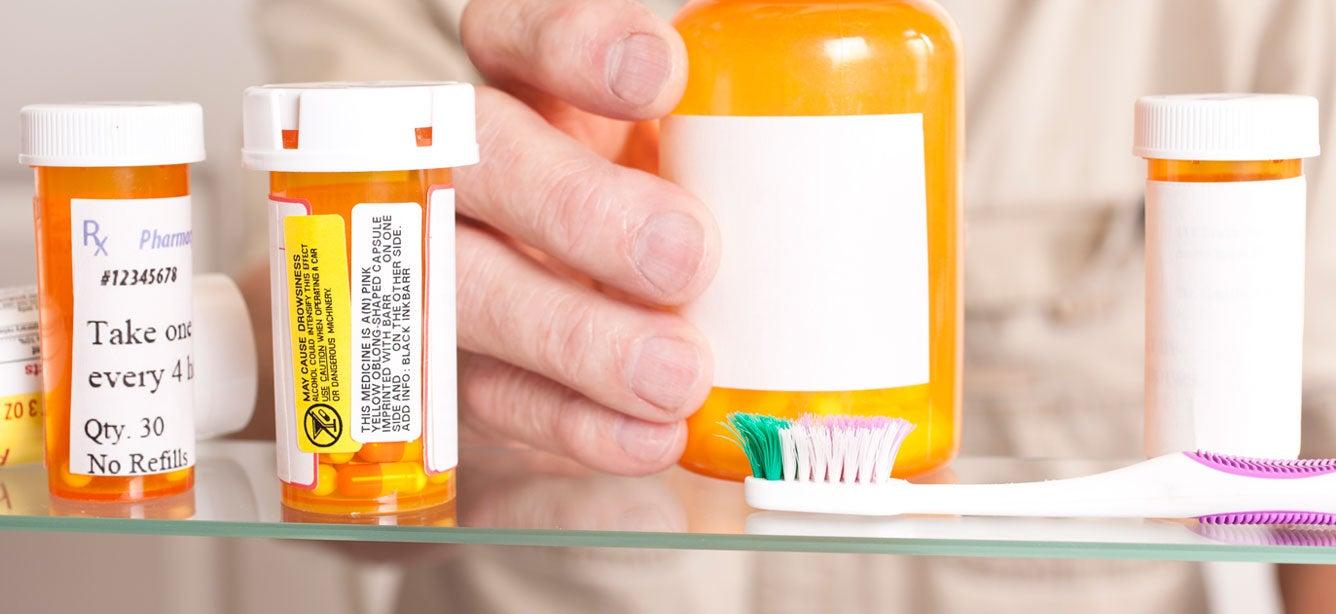
As we age, staying active and independent means being able to afford the prescription medications we need to manage our health, including chronic conditions. While Medicare Parts A and B cover doctor’s visits and hospital stays, Medicare Part D (prescription drug coverage) helps older adults pay for the cost of prescription drugs.
Part D covers outpatient prescription drugs through a standalone plan that works with original Medicare (Parts A and B), or as part of the benefits provided by a Medicare Advantage (Part C) plan.
Five key facts about Part D costs and coverage to help you enroll with confidence
There are a few key things you need to know about Medicare Part D to get the most out of your plan.
1. Medicare Part D is not free
While Part D provides important benefits, it’s not free for most people. Below are some of the out-of-pocket expenses you can expect to pay in 2026.
What are the costs for Medicare Part D?
Most people who are enrolled in a Part D plan (and not eligible for the Part D Low-Income Subsidy/LIS or "Extra Help") are responsible for certain expenses. These may include:
- A monthly Part D plan premium (average estimated premium for a standalone plan in 2026 is $34.50)
- An annual deductible (maximum $615 in 2026)
- A copayment or coinsurance during the initial coverage period
To better understand how the Part D benefit works and how much you may have to spend, see our 2026 Part D Standard Plan Cost-Sharing Chart.
Note: Some people with higher incomes will pay more for their Part D premiums. This is called IRMAA, or income-related monthly adjustment amount. Learn more about IRMAA.
2. If you have low income, you may be eligible for help with your prescription drug costs
The Medicare Part D Low-Income Subsidy (LIS, or "Extra Help") is open to beneficiaries with incomes up to 150% of the federal poverty level (FPL). Extra Help lowers premiums and out-of-pocket costs for prescription drugs.
If you qualify for Extra Help and you're enrolled in a benchmark Part D plan, you pay no monthly premium. You also have no deductible and fixed, lower copayments (up to $5.10 for generic and $12.65 for brand-name drugs in 2026).
In addition, the Limited Income Newly Eligible Transition (LINET) program provides immediate but temporary Part D prescription drug coverage for low-income Medicare beneficiaries who qualify for LIS/Extra Help but have no drug coverage. This benefit is available for up to two months until you enroll in a Medicare drug plan.
If you receive both Medicare and Medicaid benefits ("dual eligibles"), you are automatically enrolled in LINET. If you're not dual-eligible but think you may qualify for LINET, ask your pharmacist.
Other things to know about Part D coverage in 2026:
- The limit on insulin copays will remain at $35.
- There will be a zero-cost sharing (out-of-pocket costs) for all adult immunizations recommended by the Advisory Board on Immunizations Practices (ACIP).
- The maximum annual out-of-pocket cap on Part D prescription drug costs will increase to $2,100.
3. You can spread your out-of-pocket drug costs across the calendar year
Do you take a costly medication and can't afford a large copayment at the pharmacy? In 2025, Part D beneficiaries were given the option to spread their drug costs out in a series of monthly payments over the calendar year (January to December). This voluntary Medicare Prescription Payment Plan (MPPP) will continue to be offered by all Part D plans in 2026. If you're enrolled in MPPP, you will be automatically re-enrolled each year unless you choose to opt out. After the annual election period ends, you'll also receive a separate renewal notice outlining the terms and conditions for the upcoming year's payment plan.
4. The Medicare "donut hole" is gone
Up until the end of 2024, if you exceeded the spending threshold in the initial coverage period of Part D, you entered the Part D coverage gap or "donut hole." In this gap, you had to pay a higher percentage of drug costs until you reached the out-of-pocket spending limit.
But as of January 1, 2025, the coverage gap was eliminated. In 2026, annual out-of-pocket Part D costs are capped at $2,100. After meeting the out-of-pocket limit, you pay $0 for covered drugs for the rest of the year. This means if you take high-cost medications covered by Part D, you could see major savings.
5. You can be penalized for enrolling late in Part D
If you delay enrollment in Medicare Part D, and you do not have other prescription drug coverage, you’ll likely have to pay high costs out of pocket. In addition, if you enroll in Part D outside your eligibility window (which is your Initial Enrollment Period), you could face a late enrollment penalty. This penalty was created to help ensure more older adults have timely access to prescription drug coverage.
How does the Part D late enrollment penalty work? It’s a monthly add-on premium calculated as 1% of the current national base beneficiary premium ($38.99 in 2026) multiplied by the number of uncovered months, rounded to the nearest 10 cents. This amount is added to the Part D monthly premium. The penalty is recalculated yearly based on that year's base premium amount.
In most cases, the Part D penalty stays in force for as long as you have drug coverage through Medicare—even if you switch Part D plans. You can avoid it by enrolling in a Part D plan within your eligibility window.
Where can I get help choosing a Medicare plan?
The online Medicare plan finder can help you compare Part D plans and settle on the one that's best for you. Want personal, one-on-one assistance? Get in touch with your local State Health Insurance Assistance Program (SHIP). A certified SHIP counselor can help you:
- Learn the basics of Medicare and explore your coverage options.
- Understand Medicare's out-of-pocket costs (and find programs to help you pay for them).
- Ensure your rights are protected under Medicare.
Find your local SHIP office here or call 1-877-839-2675 to connect with a Medicare counselor. This free, unbiased service is available to all Medicare-eligible adults and their families and caregivers.


